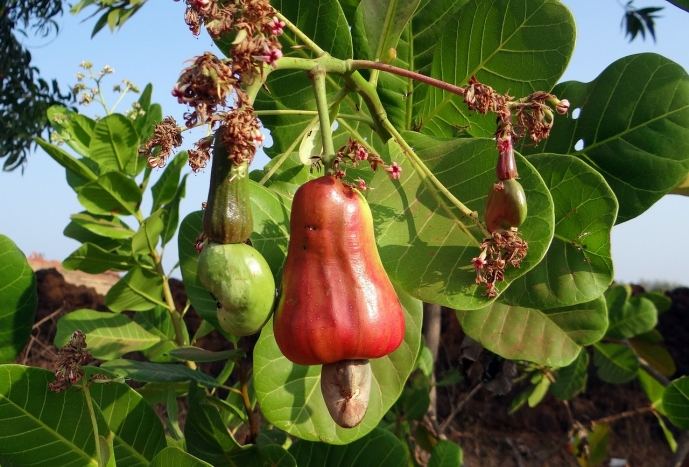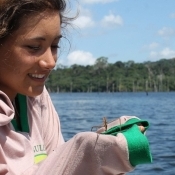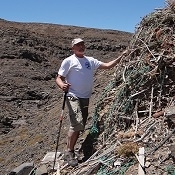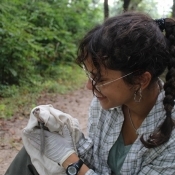Cashew cultivation in Guinea-Bissau: Biodiversity and conservation concerns
Cashew is the latest cash crop to rapidly expand in Africa. In West Africa, where 45% of the world's cashew is produced, this is particularly problematic as the area is renowned for its rich biodiversity. Guinea-Bissau currently ranks fourth among West African producers and eleventh worldwide. This project aims to assess the impacts of cashew cultivation on biodiversity, including threatened species, to guide conservation planning in Guinea-Bissau. To achieve this, studies were conducted comparing species diversity and abundance of reptiles, large, medium and small mammals between cashew plantation, rice fields and native forest. These studies resulted in three MSc theses. A commentary on the expansion of cashew in West Africa is currently underway. Additionally, the project has funded a MSc thesis from the University of Porto to create a map of cashew (and other habitat) distribution in Guinea-Bissau. This map will be used to highlight how cashew plantations overlap with the habitat of the critically endangered African forest elephant (Loxodonta cyclotis), informing the design of the next Emergency Plan to be developed by TROPIBIO collaborator Luís Palma.
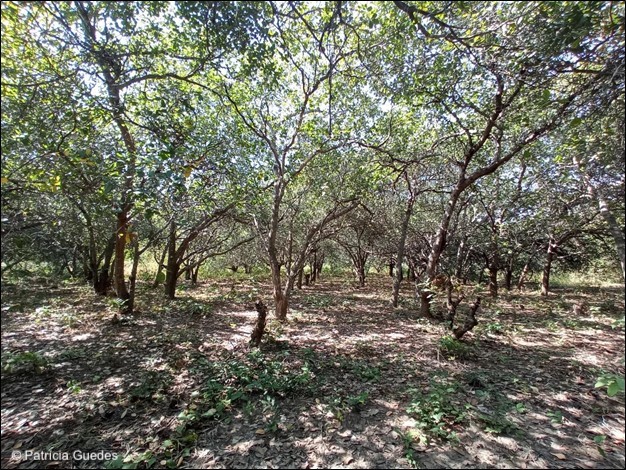
Team
Principal Investigator
Researchers
Technical Staff
Other members
Francisco dos Santos (University of Helsinki)
Aina Fernàndez (University of Helsinki)
Francisco dos Santos (University of Helsinki)
Aina Fernàndez (University of Helsinki)
State
Ongoing
Proponent Institution
CIBIO - InBIO
Funded by
TROPIBIO, other partners
Dates
2021
Participant Institutions
Instituto da Biodiversidade e das Áreas Protegidas (IBAP), KAFO Federation
